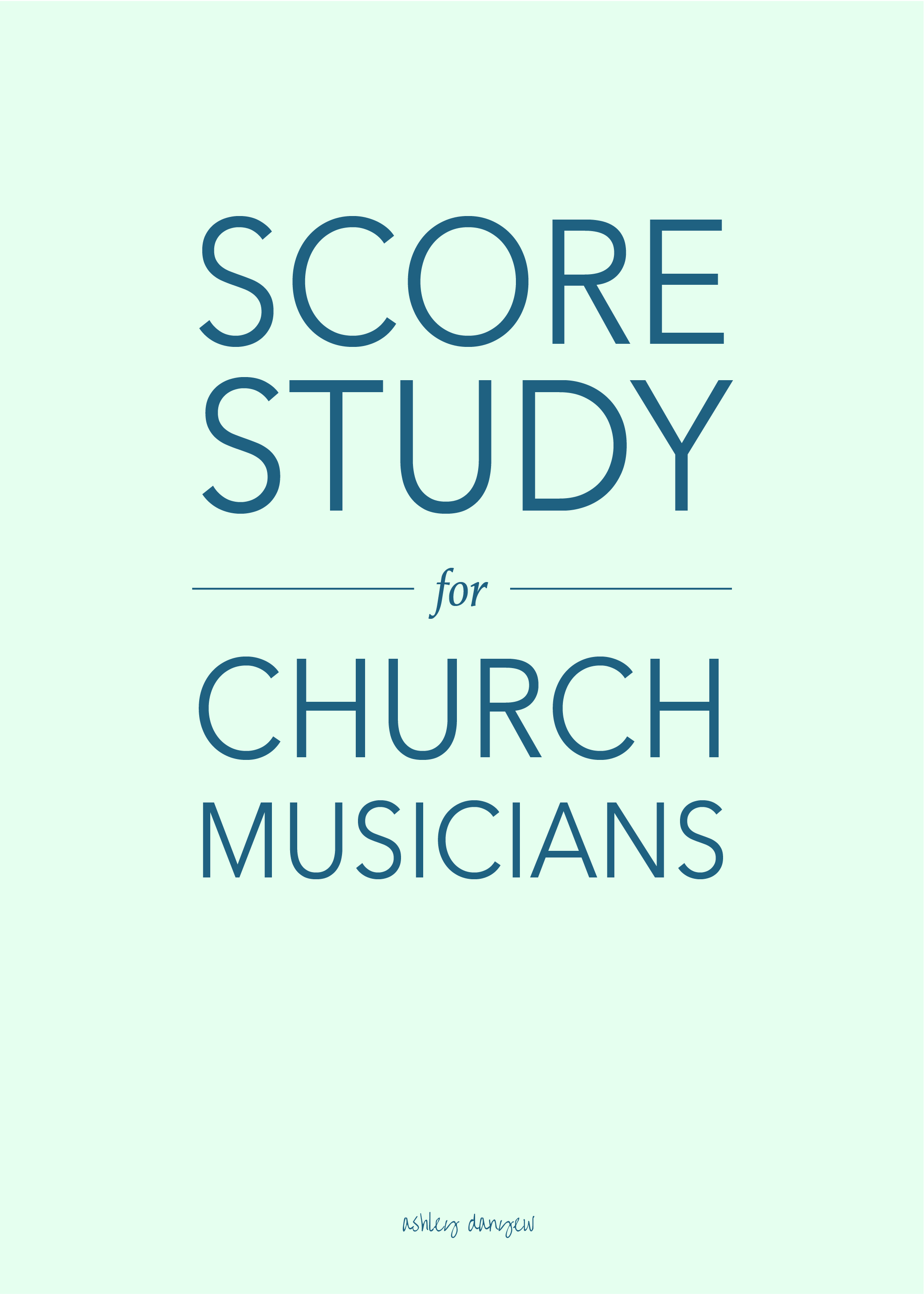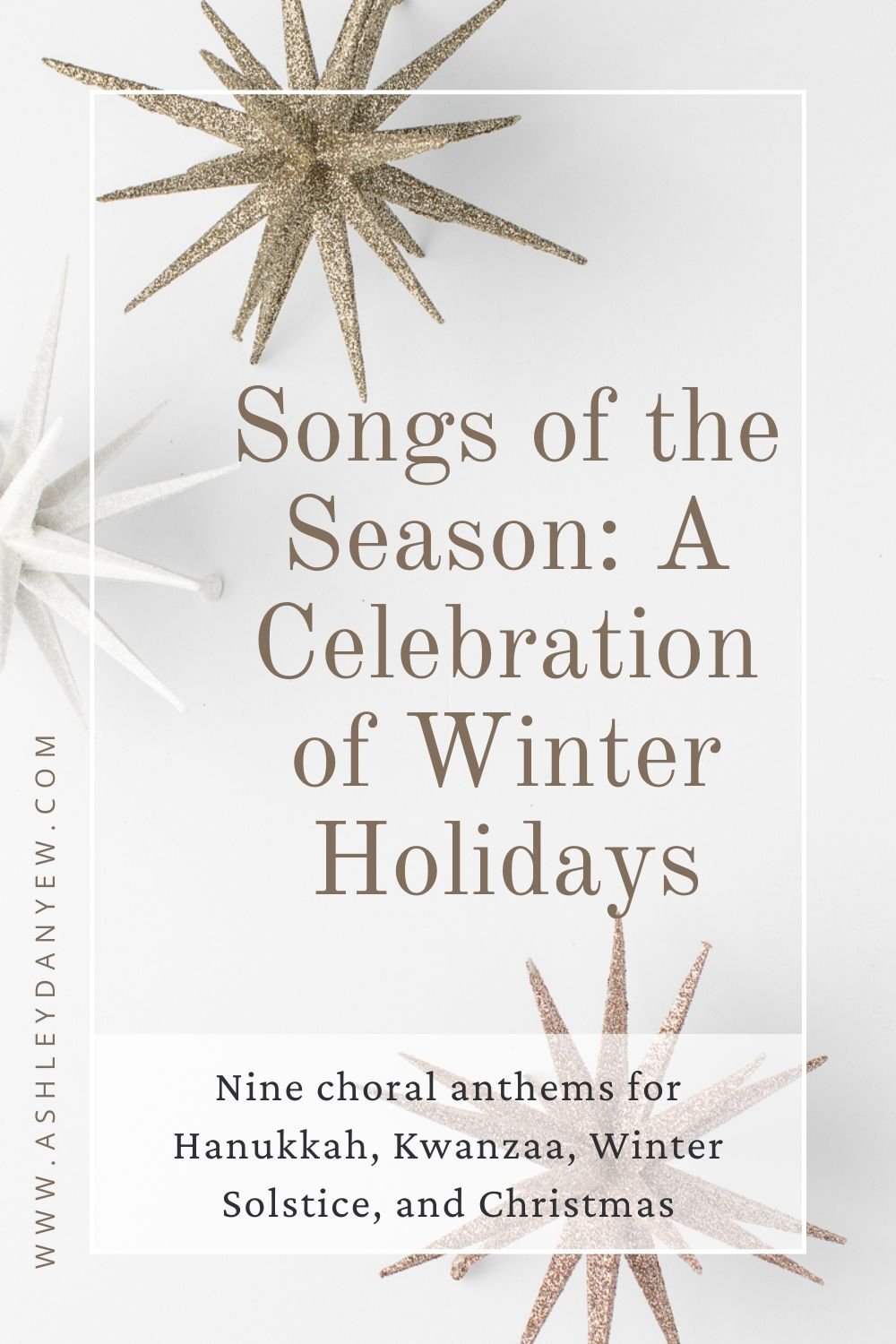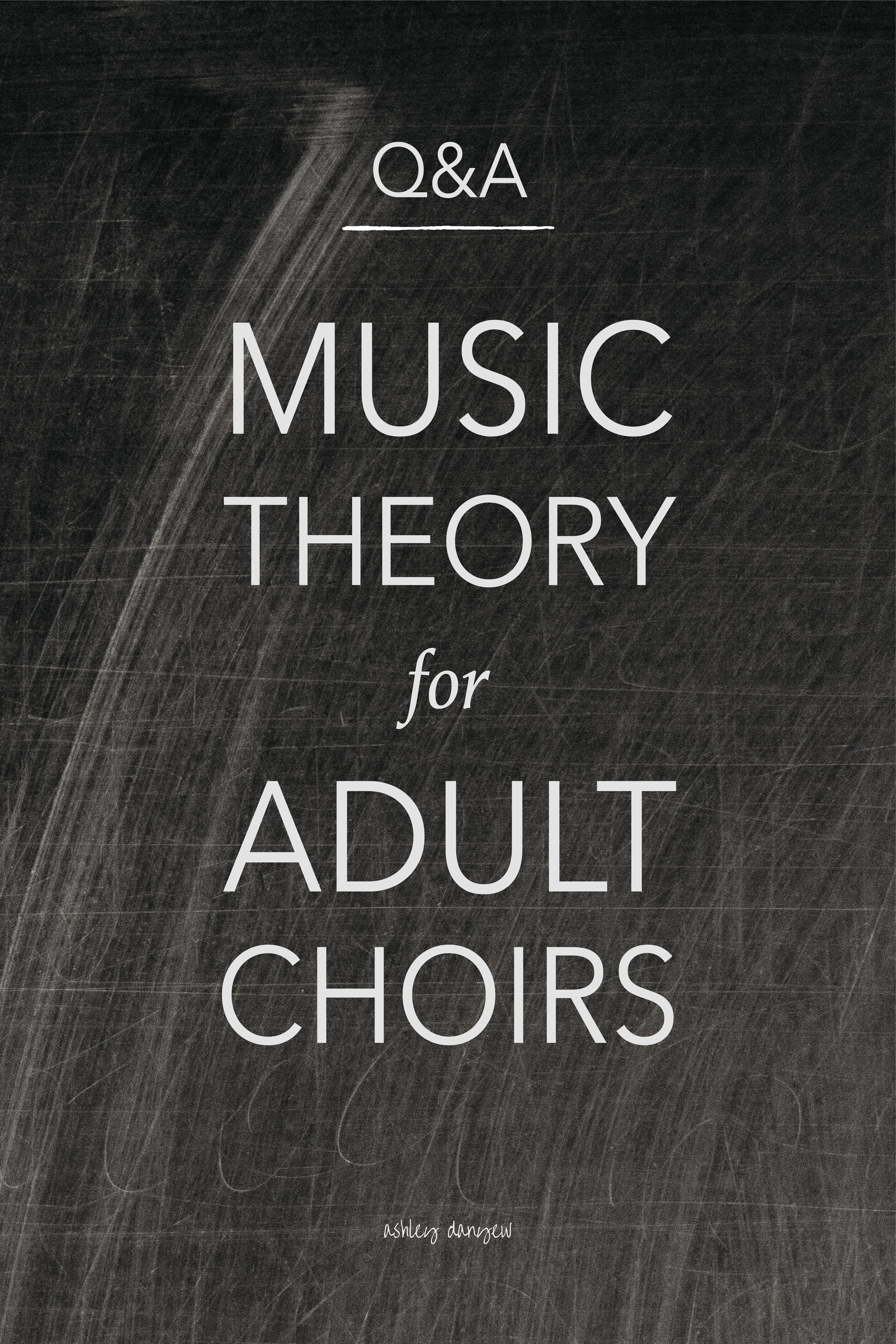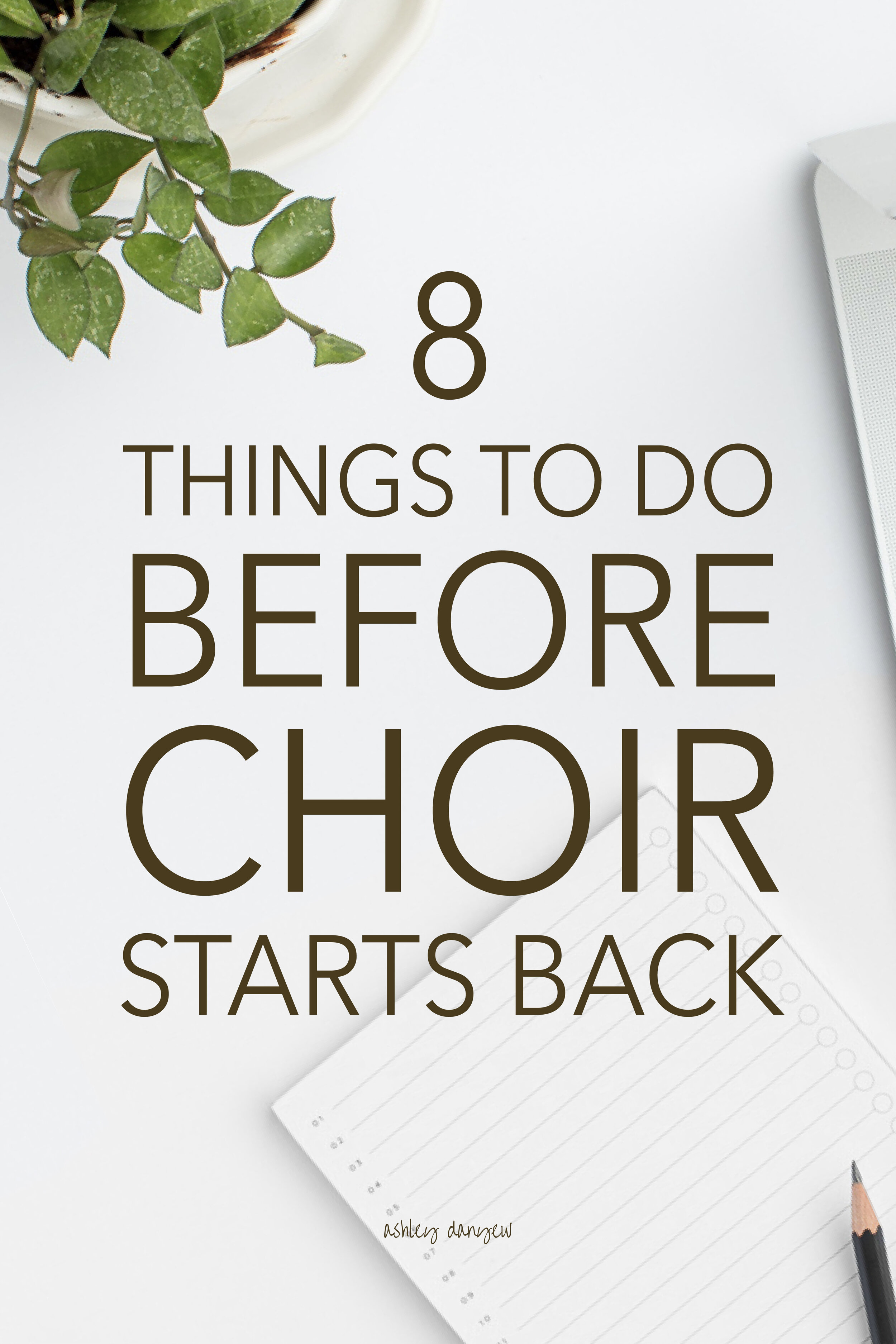The words “score study” take me right back to music history at 8 a.m. on Wednesdays (you, too?). Grout anthology in one hand, class notes in another, marking cadences and phrase structure and German augmented sixth chords.
Don’t worry - I’m not suggesting you analyze your music for Sunday quite to that degree.
However, the practice of studying a score - before teaching, rehearsing, or performing the piece has its merits.
First of all, as the director, you won’t be caught off guard when you turn the page and find divisi for the divisi or an abrupt modulation to G-flat Major. You’ll also have time to prepare answers for all of Lillian the alto’s questions:
“Where do we get to breathe?” “Do you want us to sing piano there?” “Can I sing the lower part on p. 6? You know I can’t sing above a C.”
Like those early morning music history classes, the time you spend getting to know a new anthem and studying the score, looking at the details, sight-reading, singing, playing, predicting, analyzing, and looking for patterns is not just good preparation for teaching - it helps you become a better musician.
In fact, some suggest “the depth of your choir’s musicality is directly linked to the depth of your score study" (source).
Think of this as a handbook for preparing to teach (and/or accompany) a new piece and develop your musicianship skills at the same time. Please don't feel like you need to practice every piece in all the ways outlined below, but remember, the more ways you practice, the better your coordination skills will be, the better prepared you'll be to lead the piece (whether conducting or accompanying), and the more you'll continue developing your musicianship.
Let's get started!
Structure
No. 1 - Texture
Look at the texture and part-writing. Is there a lot of divisi? Are there any unison sections? Is the texture consistent throughout or does it change? Are new parts (descants, children’s choir part, etc.) added partway through?
No. 2 - Form
Notice the form. Are there any repeated sections? Is there a recurring chorus? Are there parts that are similar but different? Add measure numbers and mark large sections, beginnings of verses, etc. for easy rehearsal planning later.
Notes and Rhythms
No. 3 - Individual parts
Play through the accompaniment and each part individually (including instrumental parts, if applicable).
No. 4 - Parts in combination
Practice playing parts in different combinations, or singing one part and playing another: SA, TB, AB, ST, ATB, SAB, etc.
No. 5 - singing and playing
Practice singing each part while playing the accompaniment. If you direct from the console (organ or piano), this is an invaluable skill!
No. 6 - obbligato line
If there is an instrumental part, but no instrumentalist, practice playing the obbligato with the accompaniment (if feasible).
Musical Elements
No. 7 - dynamics
Pay attention to dynamic markings. Highlight the score if needed. Think about the overall dynamic plan for the piece.
No. 8 - Phrase markings
Observe phrase markings, sing through the lines, and anticipate where you want the choir to breathe and carry over. Think about cut-offs and how you will cue this.
No. 9 - articulation markings
Look at articulation markings, especially accents, sfz, fp, and staccato markings.
No. 10 - Tempo
Check metronome markings and think about an ideal tempo. Look carefully at tempo changes and places that speed up or slow down and think about how to prepare this in the accompaniment and with gestures.
No. 11 - Musical style
Consider the style of the piece, character, and appropriate performance practice. Is it a spiritual? A hymn arrangement? A Renaissance motet? Is it in English or another language?
Vocal Production
No. 12 - Vowels
Think about vowel sounds. Predict challenging words and placement and think about places that might require vowel modification.
No. 13 - Consonants
Look at starting and ending consonants and think about spots that might need extra attention. Pay close attention to words that end with “s” but sound like “z,” such as “closes” or “ends."
No. 14 - Breaths
Think about breaths in between phrases and when you want the choir to start breathing to come in (instead of gasping at the last second!).
No. 15 - Text
Read through the text again and think about the overall message. How can you convey this to your choir the first time you introduce the piece?
For more helpful tips, examples, planning worksheets, and more, see Katherine Tiefel's Great Choral Rehearsals.
I’d love to hear from you:
How do you prepare a new anthem? What kinds of things do you look for?
Develop the keyboard skills you need to lead and teach with confidence.
Join me in The Church Musician Primer, an online keyboard skills class for church music directors, keyboardists, and organists to help you learn and develop must-have 21st-century music skills.







































